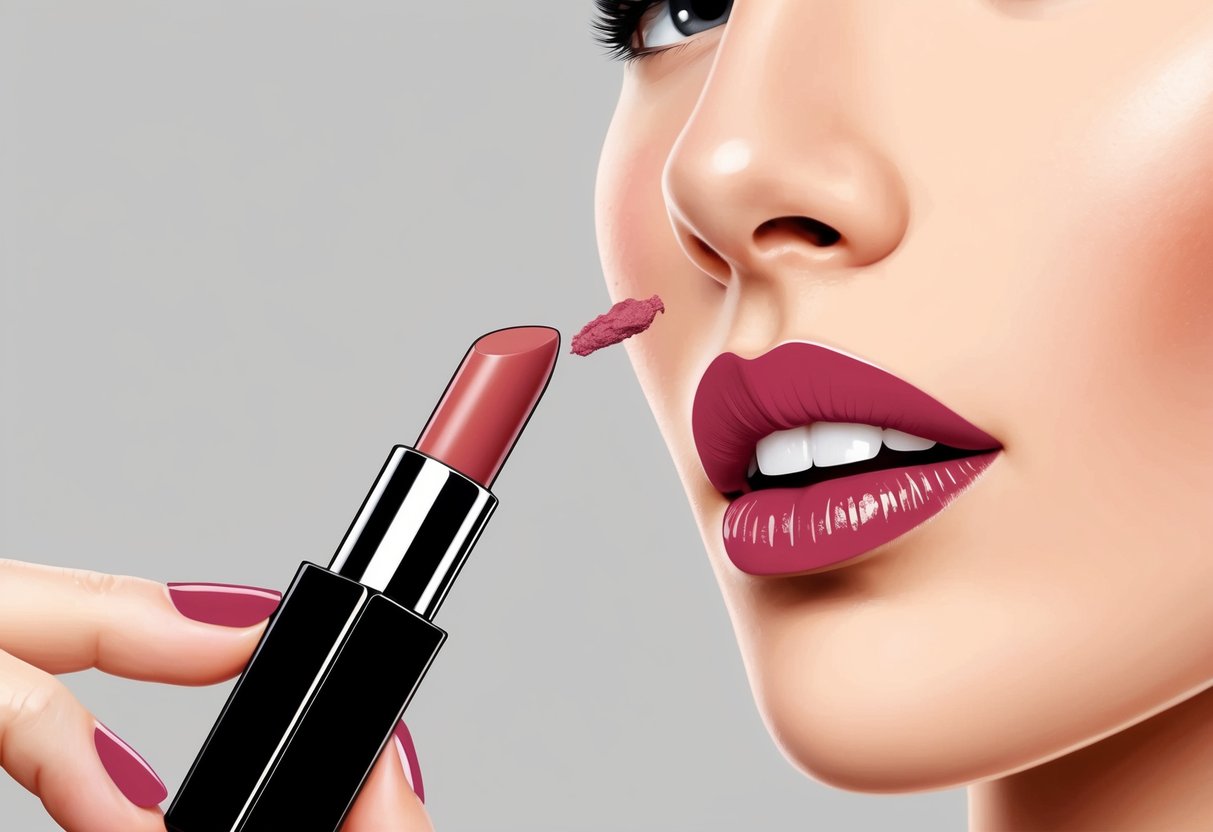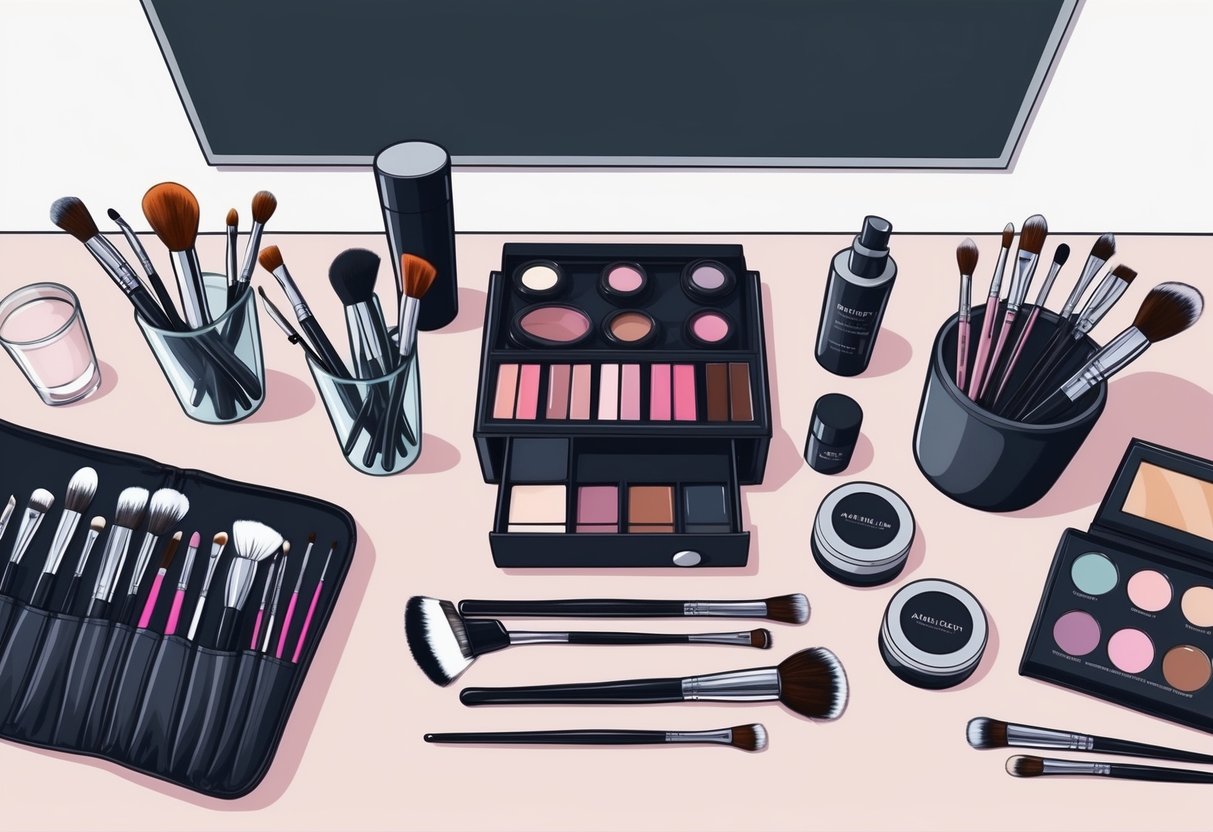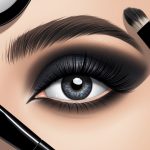Flawless Makeup Application: Proven Techniques for a Long-Lasting, Smooth Finish
Perfecting the Lips

A smooth, precise lip look starts with proper definition and color layering. Choosing the right products and techniques is key for ensuring lip makeup stays vibrant and neatly in place all day.
Defining with Lip Liner
Lip liner is essential for creating a polished outline and preventing lipstick from feathering. Start by selecting a shade that closely matches the lipstick or is slightly deeper for better definition.
Applying liner to the natural lip line helps refine shape and adds symmetry, making lips look fuller and more structured. For the most control, use short, light strokes rather than drawing a harsh line.
Some prefer to fill in the entire lip with liner before applying color—this boosts color intensity and longevity. A well-applied lip liner also serves as a helpful guide, especially for bold or highly pigmented lips.
Keeping lips hydrated prevents the liner from tugging. Moisturize first, blot excess balm, and only then outline the lips.
This step lays the groundwork for a precise, smudge-resistant finish and ensures smoother lipstick application.
Achieving Lasting Lip Color
To maximize lip color wear, prepare lips by gently exfoliating and applying a lightweight moisturizer. Allow balm to absorb so it doesn’t interfere with lipstick adhesion.
For best results, prime the lips to smooth texture and help color grip better, a technique recommended in professional lip makeup guides.
Apply lip color using a brush for precision or straight from the bullet for speed. Blot with tissue and add a second layer, which helps lock in pigment and keeps color vivid for hours.
If using liquid lipstick, wait for it to fully set before eating or drinking, as advised by experts in achieving long-lasting lips.
For extra endurance, a clear lip liner can be used to seal the edges, and a dusting of translucent powder through tissue helps further set the color. This routine minimizes fading and feathering for a consistently flawless, professional finish.
Customizing for Individual Needs

Flawless makeup application requires adapting products and techniques to address unique skin types and concerns. Personalizing routines is essential for achieving a smooth, long-lasting finish that looks natural throughout the day.
Adapting Routines for Different Skin Types
Skin type plays a major role in how foundation and other products interact with the skin. For oily skin, using an oil-free primer and matte foundation helps control shine and holds makeup longer.
Setting powder provides extra oil absorption and can extend wear. Dry skin needs moisture to prevent flakiness and caking.
A hydrating primer, lightweight liquid foundation, and cream-based products offer a dewy, comfortable finish. Skin should be well-moisturized to ensure products blend seamlessly.
Combination skin benefits from targeted product placement. Matte formulas can be applied to the T-zone, while hydrating products go on dry areas.
If the skin is sensitive or acne-prone, non-comedogenic and fragrance-free formulas minimize irritation. For a step-by-step approach tailored to different skin types, expert guides like these practical Clinique tips highlight the importance of skincare preparation.
Addressing Specific Skin Concerns
Personalized makeup routines can also address specific skin issues such as redness, uneven tone, fine lines, or hyperpigmentation. Color-correcting primers help balance redness or dullness, while concealers with higher coverage are useful for areas with pigmentation or blemishes.
For mature skin, lightweight, buildable foundations prevent settling into lines. Gentle tapping motions and blending with a damp sponge create a smoother surface.
Those with uneven texture can benefit from silicone-based primers, which fill in pores and provide a more uniform base. Makeup for sensitive or reactive skin should avoid products with alcohol, heavy fragrances, or acids.
Mineral-based products and gentle formulas lessen the risk of breakouts. For additional guidance, see tutorials and expert breakdowns shared by Colorescience.



